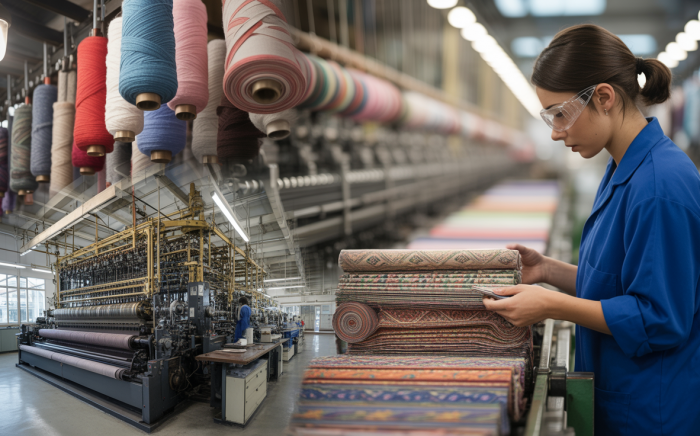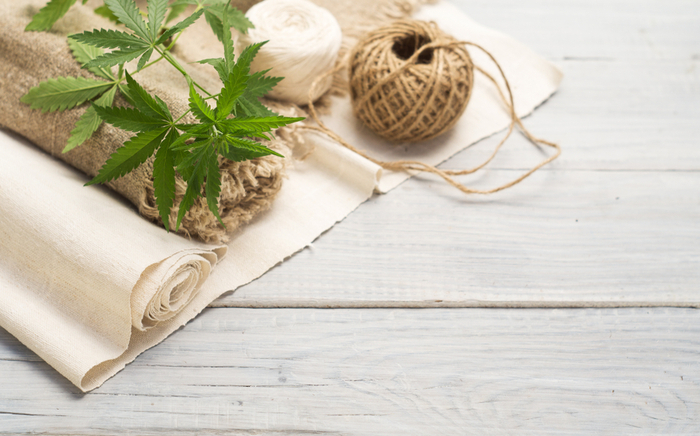Every piece of clothing begins with a fiber—and behind that fiber is a complex, often invisible supply chain. Understanding how textiles are made is key to improving transparency, reducing environmental impact, and making more responsible sourcing decisions. Here's a closer look at the full lifecycle of textile production, from raw materials to ready-to-use fabrics.
1. Fiber Sourcing: Natural, Synthetic, and Regenerative
Textile production starts with raw fibers.
Each type comes with its own environmental footprint. For example, cotton is water-intensive, while polyester is energy-intensive and non-biodegradable.
2. Spinning: Turning Fiber into Yarn
Once sourced, fibers are cleaned, aligned, and twisted into yarn.
The energy and water used in spinning can vary widely, depending on the materials and machinery.
3. Weaving or Knitting: Creating Fabric Structure
Yarn is then transformed into fabric through two main techniques:
Knitted fabrics are generally more elastic and suitable for garments like t-shirts and activewear, while woven fabrics provide more stability for items like shirts and trousers.
4. Dyeing and Printing: Adding Color and Design
Dyeing is often one of the most resource-intensive stages:
The chemicals used in traditional dyeing—such as azo dyes—can be hazardous if untreated wastewater is released into the environment. Newer systems like closed-loop dyeing aim to minimize discharge and reuse water.
5. Finishing: Enhancing Performance and Texture
After coloring, fabrics often undergo finishing processes to improve their feel or function. Common finishes include:
Finishing can make a garment more comfortable, durable, or stylish—but it also introduces additional chemicals and energy use.
6. Cutting and Sewing: Final Garment Construction
The final step involves cutting fabric into pattern pieces and stitching them together into garments.
This stage often takes place in countries with lower labor costs, making transparency and fair labor oversight critical.

 Back to Blog
Back to Blog











